Our Plen!...
.
.
.
.
.
.
.
.
.
.
.
Origins
On 9 April 1945, the Council of People's Commissars ordered the Yakovlev OKB to develop a single-seat jet fighter to be equipped with a single German Jumo 004 engine. To save time, Yakovlev based the new design (known as the Yak-3-Jumo or Yak-Jumo) on the latest version of his successful Yakovlev Yak-3 piston-engined fighter. The piston engine was removed and the jet engine was mounted underneath the forward fuselage so that its exhaust exited underneath the middle of the fuselage. To protect the fuselage, a steel heatshield was added to its bottom. The deeper forward part of the fuselage caused the configuration of the aircraft to resemble a "pod-and-boom".[4] Very few changes were made to the metal fuselage other than at the aircraft's nose. This was recontoured to accommodate the armament of two 23-millimeter (0.91 in) Nudelman-Suranov NS-23 autocannon, an additional fuel tank above the engine and the engine itself. No changes were made to the wings other than the elimination of the air intakes for the oil cooler and the bending of the front wing spar into an inverted U-shape to clear the engine. The vertical stabilizer was slightly enlarged, but the tailplane was unmodified. The conventional landing gear was also unmodified other than the tailwheel which now used several steel leaf springs as shock absorbers. The Yak-Jumo carried a total of 590 kilograms (1,300 lb) of fuel.[5]
Yak-15 forward fuselage and engine
Taxi tests began in October 1945, but the heatshield proved to be too short and the heat from the engine exhaust melted the duralumin skin of the rear fuselage as well as the rubber tire of the tailwheel. Modifications to rectify the problems took until late December. By this time a second prototype had been completed with a solid steel tailwheel and an enlarged tailplane. After a few taxiing tests, it was transferred to the Central Aerohydrodynamic Institute (TsAGI) for full-scale windtunnel testing that lasted until February 1946. On the 26th of that month, the Council of People's Commissars issued requirements that the aircraft should have a maximum speed of 770 km/h (480 mph) at sea level and a speed of 850 km/h (530 mph) at an altitude of 5,000 meters (16,400 ft). It should be able to climb to that altitude in 4+1/2 minutes or less and it should have a range of 500 kilometers (310 mi) at 90% of maximum speed. Two prototypes were to be ready for flight testing on 1 September.[6]
The Mikoyan-Gurevich OKB was developing the MiG-9 at the same time. According to aviation historians Bill Gunston and Yefim Gordon, representatives from Yakovlev and Mikoyan-Gurevich tossed a coin on 24 April 1946 to determine which aircraft would be the first Soviet jet to fly. Yakovlev lost and the Yak-Jumo made one circuit of the airfield before landing.[7] The manufacturer's flight testing of the aircraft was completed on 22 June, but its early success caused the Council of Ministers to issue a new requirement on 29 April for two aircraft powered by the Soviet-built RD-10 engine (known as the Yak-15, Yak-15RD10 or Yak-RD). Aside from the new engine, the requirement differed from the previous one only in a range of 700 kilometers (430 mi) at optimum cruise speed and a reduction of the maximum ceiling to 14,000 meters (45,930 ft). Two prototypes were ordered to be available for flight testing on 1 September 1946.[6]
Yakovlev was able to adapt the two existing prototypes to the RD-10 with little trouble and one aircraft participated in the August 1946 Tushino flypast. The day after the aerial display, Joseph Stalin summoned Artem Mikoyan and Aleksandr Yakovlev to his office and ordered that each OKB build 15 aircraft to participate in the 7 November parade in Red Square commemorating the anniversary of the October Revolution. Factory No. 31 in Tbilisi was chosen to build the new aircraft because it was still building conventional Yak-3s and could easily switch to the jet fighter. All 15 aircraft were built before the deadline, although they lacked any armour, were provided with an enlarged fuel tank in lieu of armament, and had an incomplete avionics outfit. The parade was canceled and two of the aircraft were modified with a single 23 mm cannon and began State acceptance trials which lasted until April 1947.[8]
The tests revealed a number of problems in that the thick wing inherited from the Yak-3 limited the top speed of the aircraft, the engine exhaust damaged the surface of the airfield, the cockpit often filled with smoke from kerosene and oil that had dripped onto the engine, and the aircraft was very short-ranged. Despite these problems, the Yak-15 proved to be very easy to fly, even for pilots accustomed to piston-engined fighters, and caused the VVS to accept the fighter as a conversion trainer.[9]
Even before the State acceptance trials were completed, the Council of Ministers ordered the aircraft into production in December 1946. 50 aircraft were to be built between January and April 1947, equally split between single-seat aircraft and two-seat trainers, armed with only a single cannon. The trainer ran into serious development difficulties and all the aircraft of the first batch were single-seaters. Fifty of these participated in the May Day flypast in Moscow in 1947. A total of 280 Yak-15s were produced through the end of the year, exclusive of prototypes.[10] The aircraft were distributed in small numbers to fighter aviation regiments based in the USSR, Poland, Romania, Hungary, and Manchuria for use as conversion trainers. The aircraft's manoeuvrability led it to be used by a number of informal acrobatic display teams throughout the late 1940s.[11]
A single prototype of the two-seat trainer was the first aircraft of the first production batch built by Factory No. 31 in the fall of 1946. The prototype did not begin manufacturer's flight testing until 5 April 1947, even though the primary differences from the single-seat version were limited to a redesigned forward fuselage that accommodated an additional cockpit for the trainee where the armament used to be and a sideways-opening, canopy. The trainer was initially designated as the Yak-Jumo vyvoznoy, but it was eventually designated as the Yak-21 although some documents refer to it as the Yak-15V, Yak-15UT or Yak-21V. Further work on the trainer was cancelled with the success of the trainer version of the Yak-17 with its tricycle undercarriage.[12]
One Yak-15 was used to test a prototype aerial refueling system in 1949, although the installation on the fighter and the Tupolev Tu-2 bomber used as the tanker were both dummies to test procedures and fit.
Origins : Wikipedia
.
.
.
.
.
.
.
.
CONTROLS
-AG1 + VTOL Up : Retract Landing Gear
-AG2 : Activate Cannon
Y...yeah, Not that much control... but hey still pretty fun to fly ;)
.
.
.
.
.
.
.
.
.
.
.
.
.
.
If you like My Creation, Pls consider upvoting!!!... 😸
.
.
.
#THX!!!...
Specifications
General Characteristics
- Created On iOS
- Wingspan 38.8ft (11.8m)
- Length 38.3ft (11.7m)
- Height 12.3ft (3.8m)
- Empty Weight 6,107lbs (2,770kg)
- Loaded Weight 8,146lbs (3,695kg)
Performance
- Power/Weight Ratio 0.827
- Wing Loading 51.8lbs/ft2 (252.8kg/m2)
- Wing Area 157.3ft2 (14.6m2)
- Drag Points 5304
Parts
- Number of Parts 204
- Control Surfaces 5
- Performance Cost 707

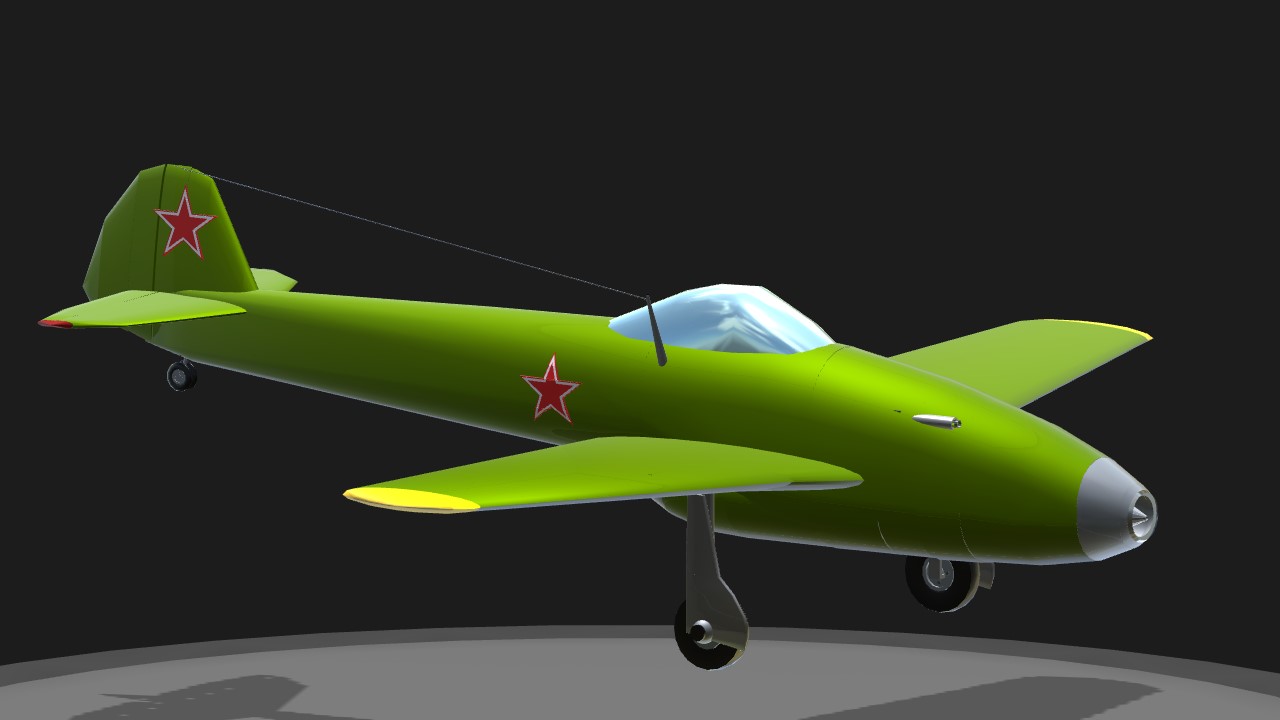
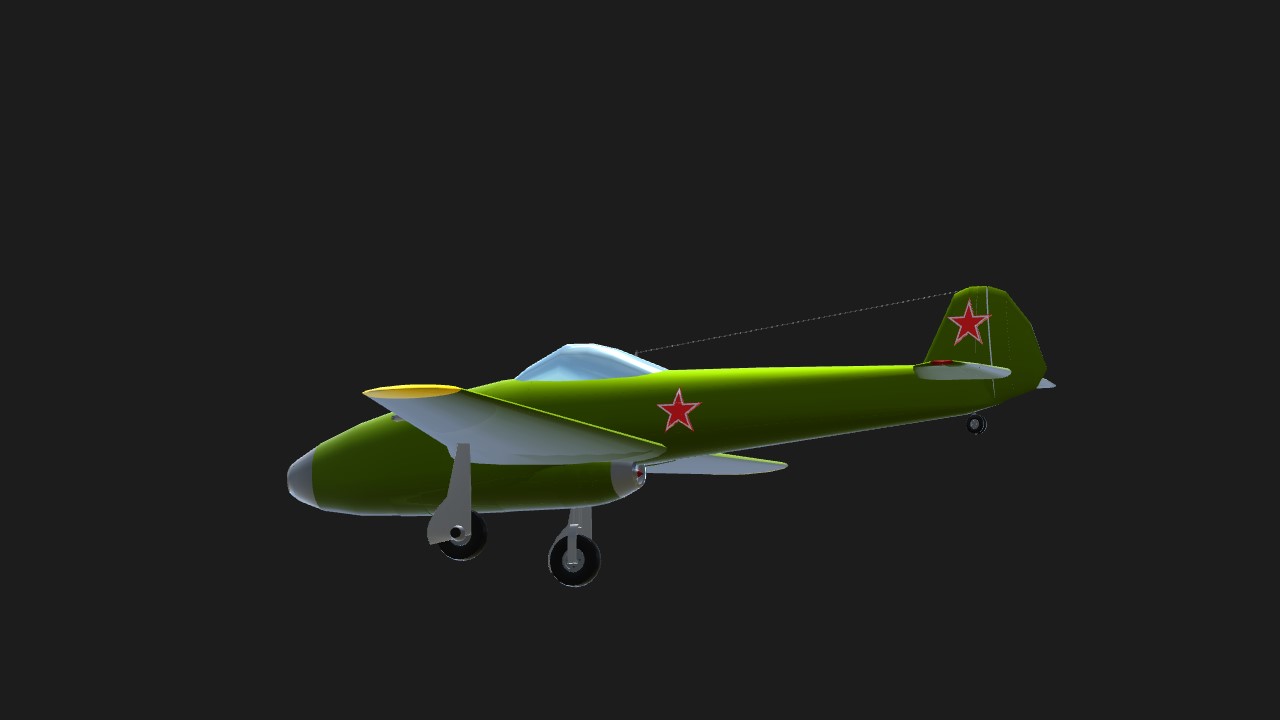
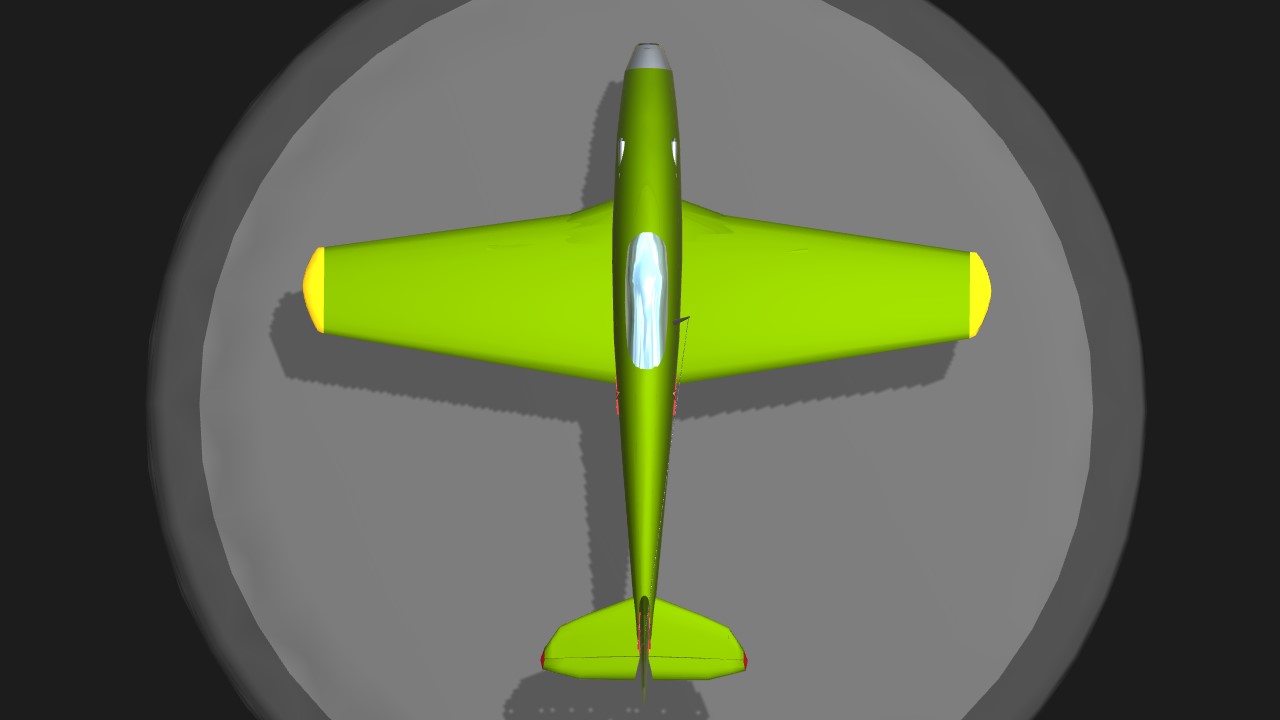
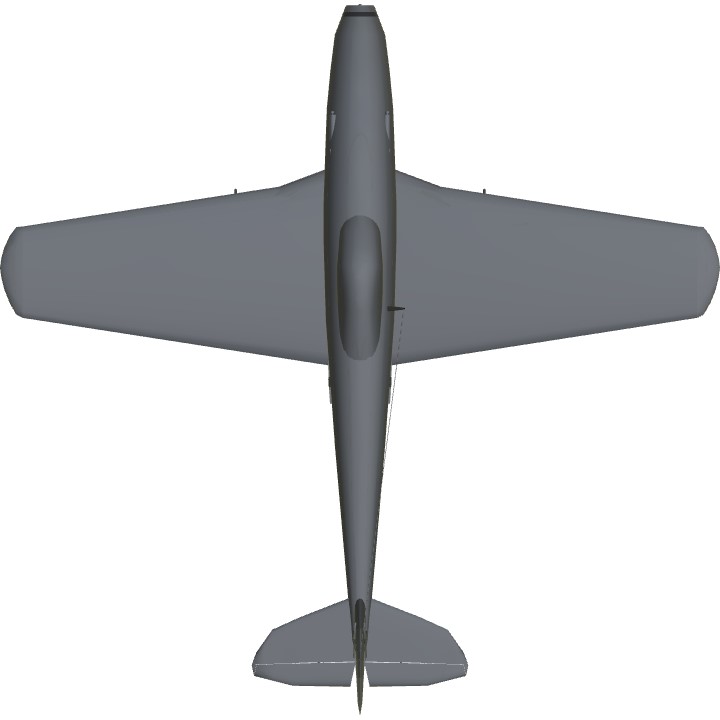
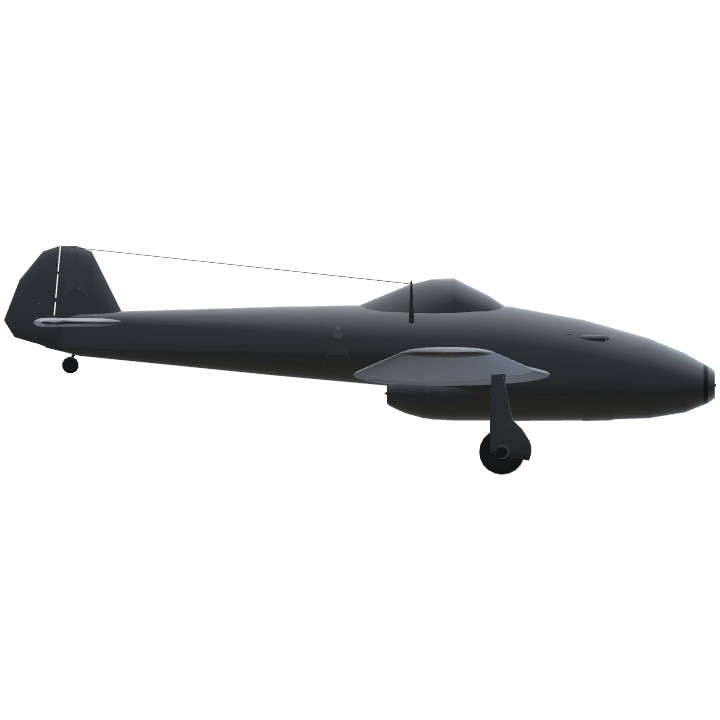
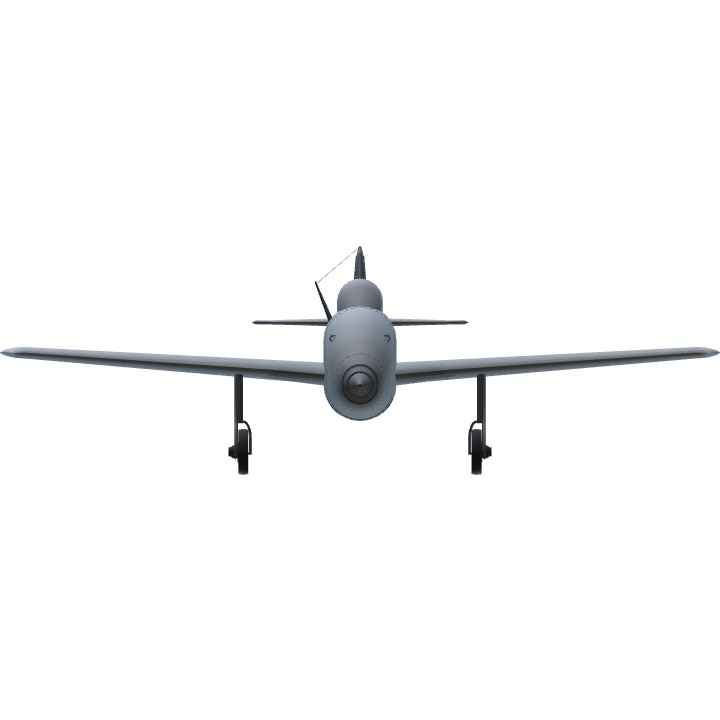
Requested Tags :
@EnzoDiazOfficial
Requested Tags :
@AWESOMENESS360
@CatAircraftmanufacturer2
@Ergi
Requested Tags :
@Tookan
@GroBaleaze
@Fox00One
@ACEPILOT109 @BlackThuNDR @DameTheNewbie Our boiiii!...
@frogbot4000 thx!
neat
:) @ans
Not our....Just mine!
lol @AnIndonesianPanzer @RandomUser09
@MIAW26PERSIAN gas gas gas.
Pog
:() @RandomUser09
😬
no ice 😸 @TatsuTheCleaningFairy
Nice
:D @639076b3d178b932391551eba
cool
thx! @Trainzo
Very nice build . Great plane .